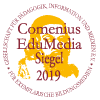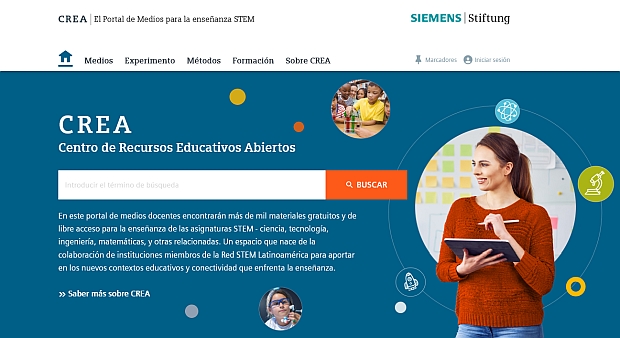Separating residual waste magnetically
Text
Information sheet:
Magnetic separation and eddy current separation, two magnetic separation procedures for mixtures of materials are compared with each other using the example of sorting residual waste.
Type of media:
Text
Last update:
2016-12-08
License:

This medium is made available under a CC BY-SA 4.0 international license.
What does this mean?
How to reference this medium

This medium is made available under a CC BY-SA 4.0 international license.
What does this mean?
How to reference this medium
Media package:
Description:
The two magnetic separation procedures are used, for example, to sort residual waste. The text provides information about the kinds of materials the respective procedure is suitable for and the physical principle each procedure is based on. Sample applications of these principles that the students are familiar with from class are mentioned. The way the two procedures work is explained and technical implementation for separating residual waste is outlined.
Information and ideas:
The example of sorting residual waste also works well for learning about other physical separation procedures, such as sifting (separation by grain size) and wind sifting (separation by density).
Information and ideas:
The example of sorting residual waste also works well for learning about other physical separation procedures, such as sifting (separation by grain size) and wind sifting (separation by density).
Learning resource type:
Information sheet
Subjects:
Physics; Technology
Grade levels:
Grade 7 to 9; Grade 10 to 13
School types:
Middle/high school
Keywords:
Electricity; Environment (general); Magnetism; Recycling; Environment
Bibliography:
Siemens Stiftung Media Portal
Author:
MediaHouse GmbH
Rights holder:
© Siemens Stiftung 2016



